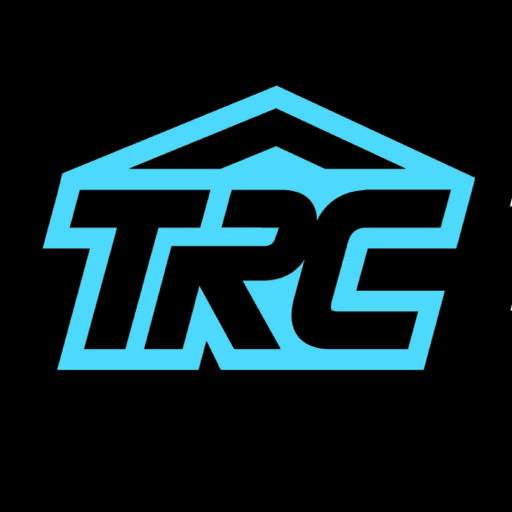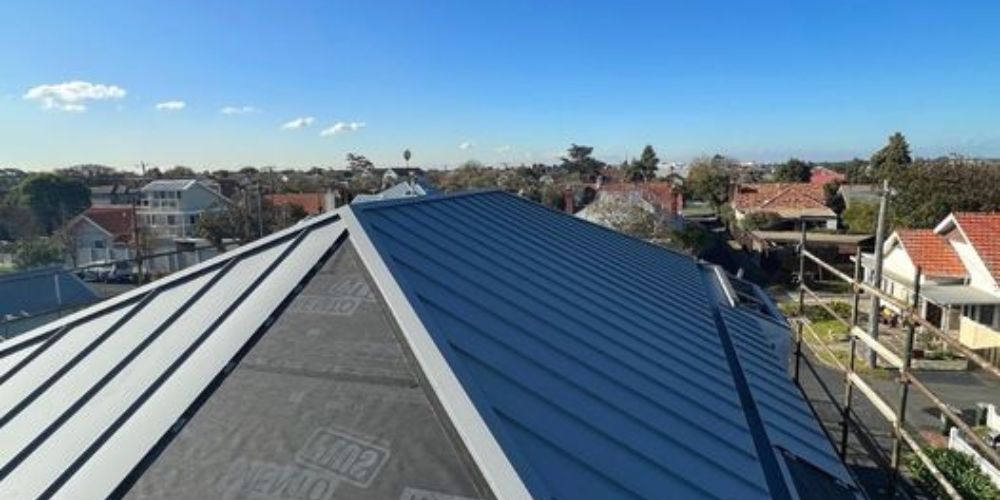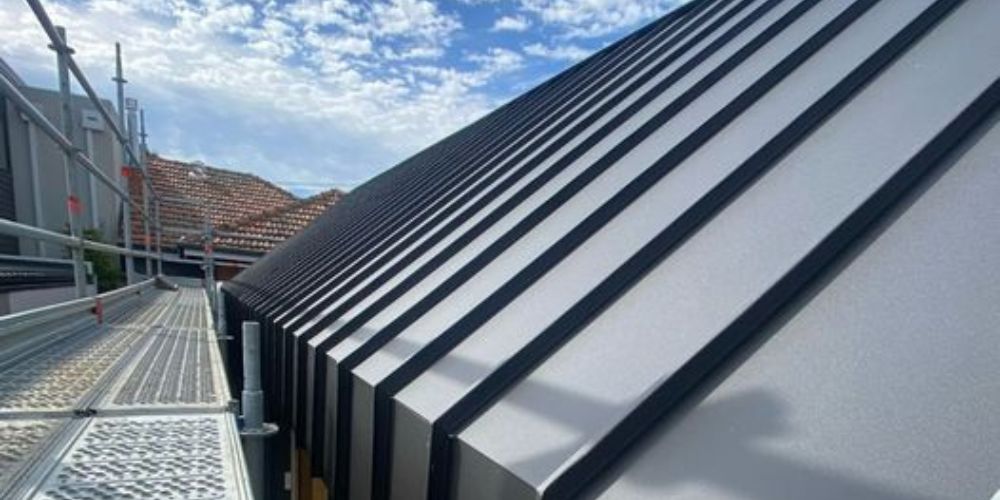Can You Use Colorbond Cladding on Coastal Areas?
As roofing specialists, we are regularly questioned about the sustainability of Colorbond cladding for coastal buildings. Due to the presence of seawater, high winds, and corrosive elements, coastal locations may be difficult settings for any building material.
As a result, selecting a cladding material that can resist these circumstances while protecting the structure from the outdoors is essential. Because of its longevity, minimal maintenance needs, and various colors and finishes, Colorbond cladding is popular for many building projects. However, whether Colorbond cladding is a perfect choice for coastal locations is an essential point to address since salt and moisture in the air may accelerate metal corrosion.
In this blog article, we’ll examine the benefits and drawbacks of using Colorbond cladding in coastal locations to help you choose your cladding options wisely.

Lance Mathews
In This Article

3 Top Benefits of Using Colorbond Cladding on Coastal Areas
Building materials should do better in difficult situations like coastal areas. It is essential to choose a cladding material that can resist these circumstances and shield the structure from the elements because of seawater, strong winds, and corrosive substances. Due to its strength, minimal maintenance needs, and variety of colors and finishes, Colorbond cladding is preferred in many construction projects. The advantages of using Colorbond cladding are especially notable in coastal locations.
Durability and Rust and Corrosion Resistance
Steel is used to create Colorbond cladding, which is then covered with a protective zinc and aluminum coating to protect it from the weather. Due to its composition, Colorbond cladding is incredibly strong and resistant to rust and corrosion, especially in coastal locations where moisture and salt can hasten deterioration.
Saltwater Resistance
Saltwater resistance is one of the main advantages of Colorbond cladding in coastal environments. Many construction materials can be corroded by salt from the air and sea. Still, Colorbond’s coating adds another layer of defense against the salt. This makes it a fantastic option for structures close to the water, such as beach homes or businesses in coastal areas.
Low Maintenance Solution
For coastal structures, Colorbond cladding is a low-maintenance solution. Colorbond cladding doesn’t need to be painted or sealed, unlike conventional cladding materials like concrete or wood. As a result, it is a practical and affordable choice for structures in hostile coastal environments.
Challenges of Colorbond Cladding on Coastal Building
Using Colorbond cladding on coastal areas have undeniable benefits, however there can be drawbacks too.
Corrosion and salt mist
Steel can rust over time due to prolonged exposure to salt spray and the corrosive effects of seawater. Despite being resistant to rust and corrosion, Colorbond cladding can deteriorate when exposed to seawater. The cladding may need regular upkeep, such as cleaning and repainting, to stay in excellent shape.
Winds along the Coast and Debris
Strong winds and storms that can produce debris, including sand and salt spray, frequently hit coastal locations. These might scuff or harm the cladding, jeopardizing its quality and look. Correct cladding installation and the use of appropriate fasteners can help.
Building Expansion and Movement
Buildings in coastal settings are more prone to expansion and movement owing to temperature and humidity variations. The cladding may get stressed as a result and buckle or distort. Despite the considerable flexibility of Colorbond cladding, expansion joints may be necessary to permit movement and avoid damage.
UV Exposure
Coastal regions frequently have increased UV exposure levels, which may cause the cladding to deteriorate and change color over time. Long-term exposure to UV radiation can still harm Colorbond cladding, even if it is resistant to fading and discoloration. UV harm may be avoided with the appropriate Colorbond color selection and routine maintenance.

3 Tips on Using Colorbond Cladding on Coastal Places
There are a few things to consider when installing Colorbond cladding in coastal locations to maximize the advantages and mitigate the drawbacks.
Choose the Correct Grade and Thickness
Choosing the right grade and thickness of Colorbond cladding is crucial when covering coastal buildings. Think about utilizing Colorbond, which is marine-grade and intended for saltwater situations. A thicker gauge could also be required to ensure the cladding is strong enough to survive severe winds and debris.
Use Appropriate Installation Methods
Using Colorbond cladding in coastal locations requires careful installation. Ensure that the cladding follows the manufacturer’s instructions and that the right screws and fixings are utilized. To avoid water entry and damage, it’s also crucial to seal the cladding well.
Regular Maintenance
In coastal locations, regular care is necessary to preserve the lifetime of Colorbond cladding. This involves repainting or re-coating to ward off corrosion and routine cleaning to remove salt stains and other debris. Additionally, routine inspections should
Frequently Asked Questions
Proper installation methods are critical for Colorbond cladding to be durable and long-lasting in coastal environments. The right fasteners must be used, proper spacing and ventilation must be maintained, and all penetrations and joints must be sealed to keep out water.
In coastal locations, routine maintenance is essential to prevent corrosion and other damage to Colorbond cladding. The cladding may need to be washed in fresh water to eliminate salt spray, checked for damage or corrosion, and any required repairs or touch-ups made. The unique site circumstances and degree of exposure to coastal elements will determine how frequently maintenance is required.
Although Colorbond cladding is made to endure the harsh coastal elements, buildings with high winds or right next to the ocean could need extra structural support or other protective measures to keep the cladding firmly fastened to the structure.
Several variables, including the particular site circumstances and degree of exposure to coastal elements, will affect the Colorbond cladding’s longevity in coastal environments. Colorbond cladding often has a long lifespan in coastal conditions with proper installation, upkeep, and care.
Key Takeaways
Because of its resistance to corrosion and rust and its capacity to endure exposure to seawater, Colorbond cladding may be a reliable and efficient cladding solution for buildings in coastal locations. However, there may be certain difficulties with utilizing Colorbond cladding in these conditions, such as the potential for salt corrosion and the requirement for routine maintenance.
Property owners can help overcome these difficulties and use Colorbond cladding’s advantages in coastal locations by choosing the right grade and thickness, employing competent installation methods, and carrying out routine maintenance. The advantages of this material make it a reasonable alternative to explore for buildings in these locations, despite the possible drawbacks of utilizing Colorbond cladding in coastal areas.

